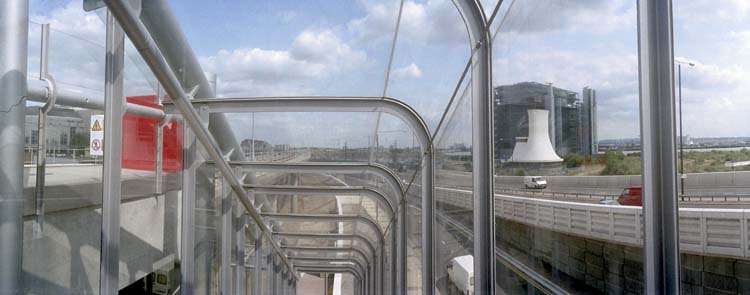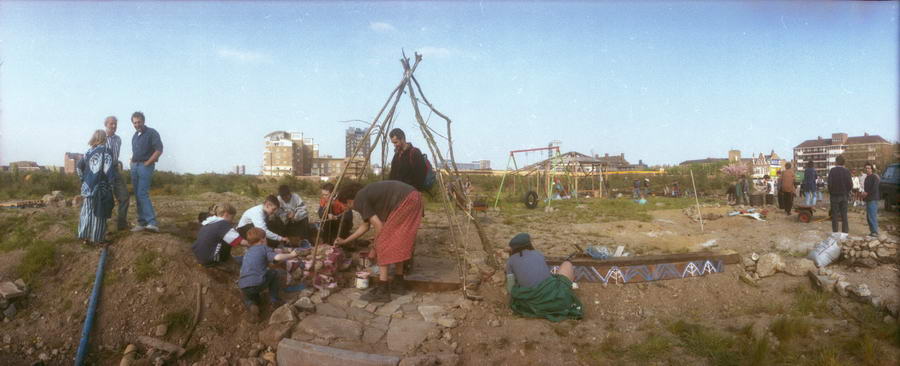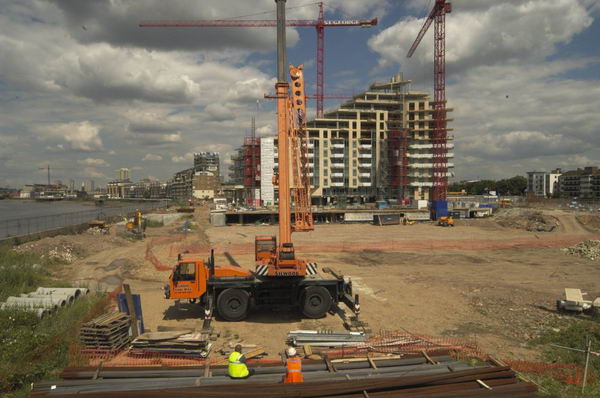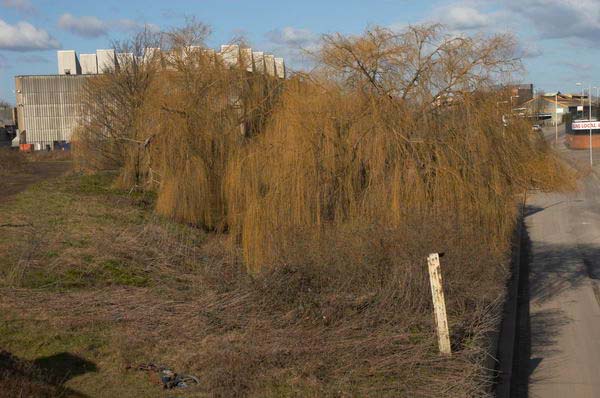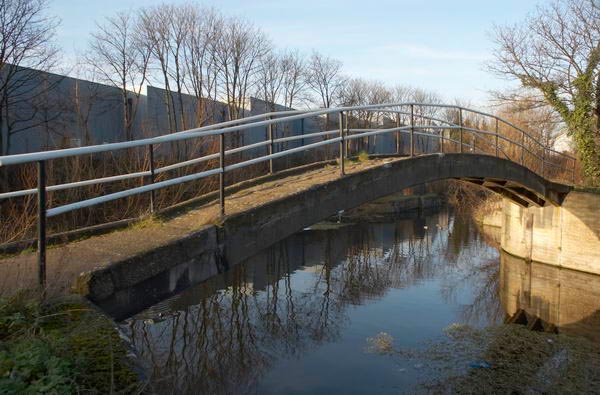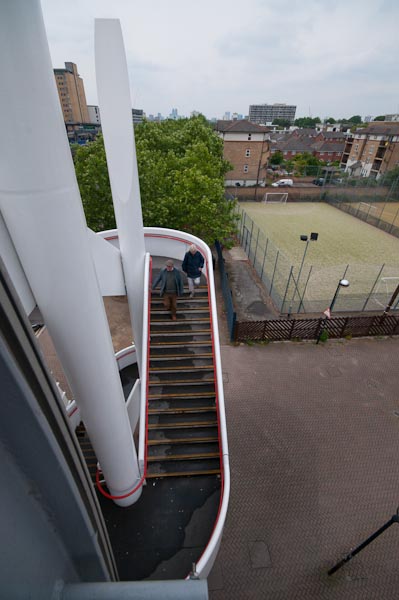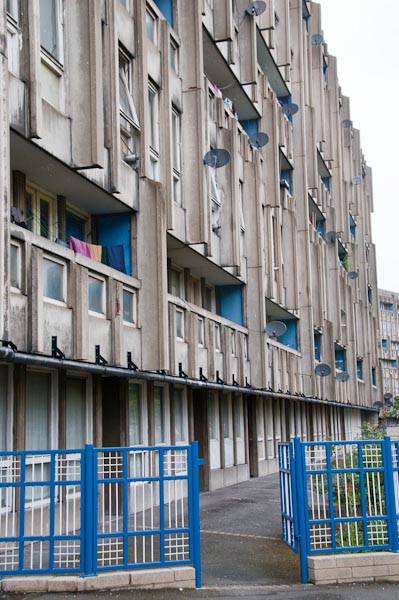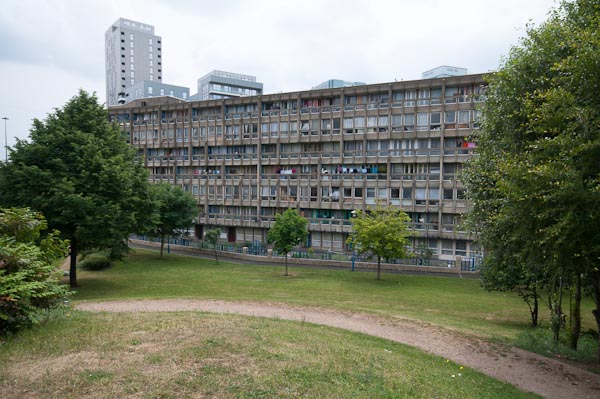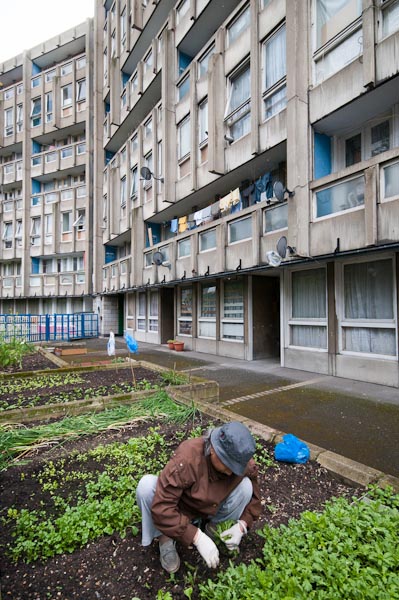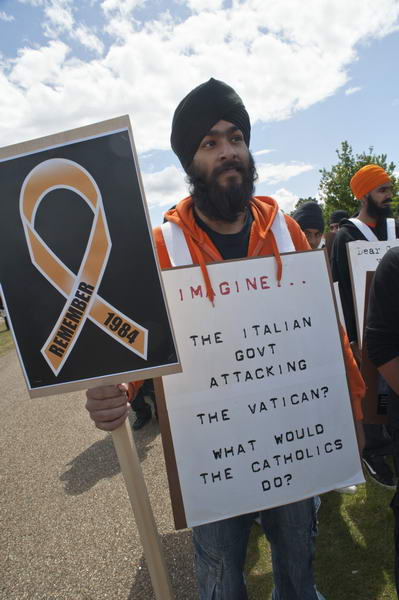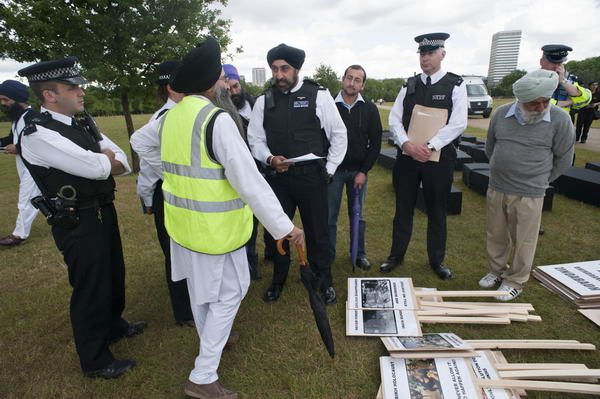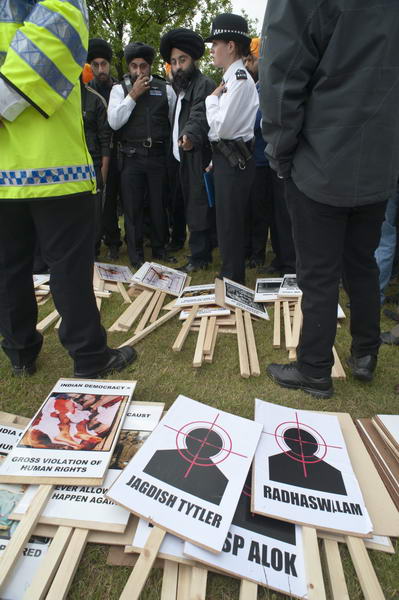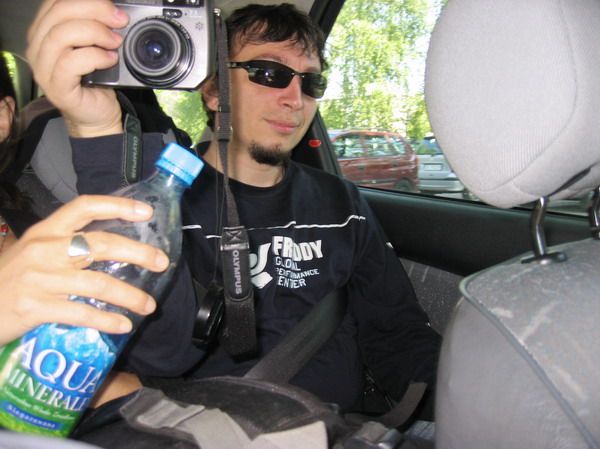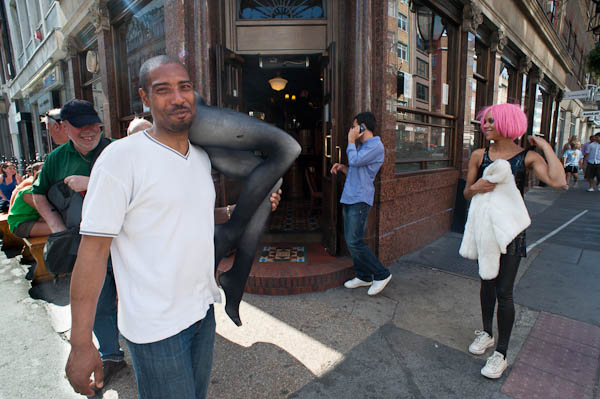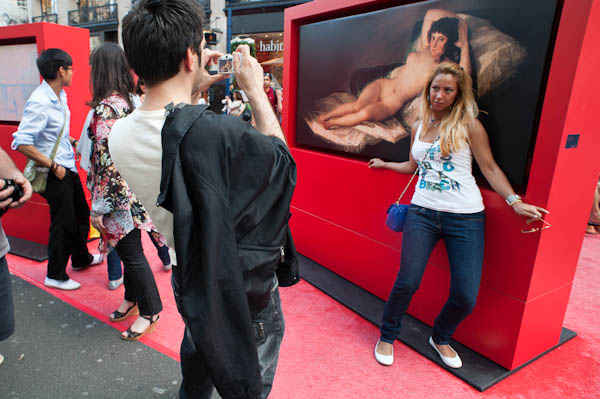This morning I listened to the Today programme as I washed up the breakfast things and heard an interview with Sam Lesser, one of the seven remaining Britons who went to Spain with the International Brigade, all of whom have now been made Spanish citizens and given Spanish passports.
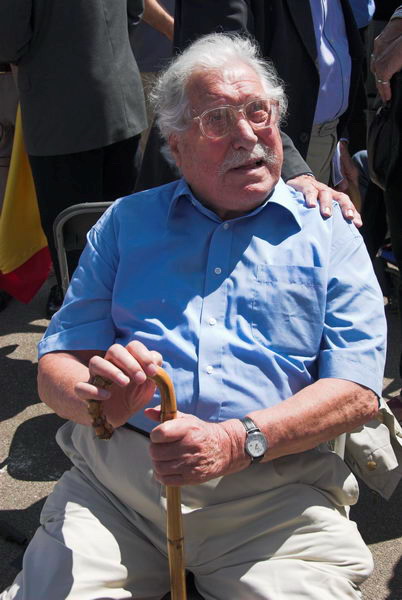
Sam Lesser in 2006
But of course as well as those thousands of brave individual who went to Spain to fight for freedom, there were many Spaniards also fighting.
And when we think of the photographs of the Spanish Civil War, probably we immediately think of Robert Capa – and in particular his ‘Falling Soldier‘ picture.
But of course there were also Spanish photographers. Or in the case of Agustí Centelles (1909-85), Catalan photographers. A photojournalist in Barcelona, he became an official photographer for the Republican government, and even managed to continue using his Leica when interned in the Bram refugee camp in France in 1939.
When he fled to France in February 1939 he took several thousand negatives with him. Later, when France was occupied by the Germans, he decided to return in secret to Spain, but left his negatives hidden in a house in France, as his pictures could have incriminated many Spaniards and led to their persecution by Franco. It was only 40 years later, after the fall of Franco that he could return and reclaim his work.
An exhibition of his work from 1936-9, “Agustí Centelles: journal dune guerre et dun exil, EspagneFrance 1936-1939” opened at the Jeu de Paume (Hotel de Sully site) in Paris yesterday and continues until 13 Sept 2009. You can read more about it in French on their site, and also in English on Art Knowledge News. There is also an extensive collection of his work on line at VEGAP – I’ve not yet looked at all 336, but what I have seen is enough to convince me that we should be thinking of him as the major photographer of the Spanish Civil War.
Too often we think of events that happen abroad – particularly in the majority world – only in terms of the photographs made by photographers from the Western agencies who travel there – almost as if photographs that don’t come from Magnum or VII or Getty or Reuters somehow aren’t real. Agencies such as Drik should have changed the way we see the South by now.
